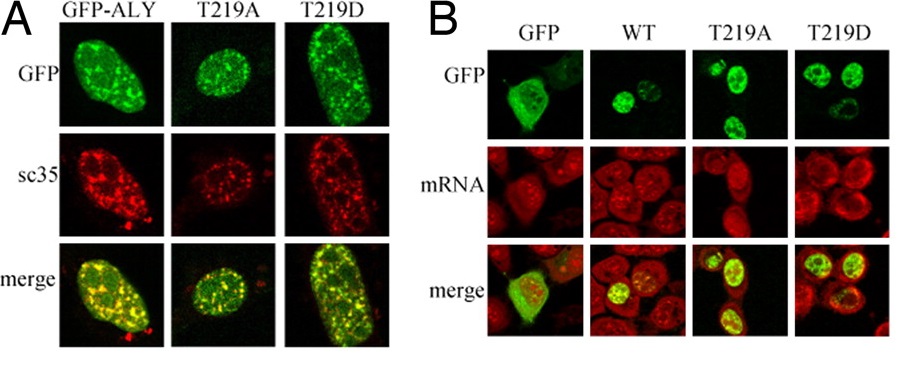Cell proliferation assay plays a significant role in cytotoxicity and many other areas of cell biology. A number of methods have been developed for the determination of cell proliferation. Since Fluorescent Cell Proliferation Assay enables accurate counts of cells for a wide range of cell concentrations and experimental conditions, this assay has been the most widely used in the quantification of cell proliferation among all of these methods. High throughput screening and high sensitivity can also be achieved in the study of cell proliferation.
In fluorescent cell proliferation assay, cells are incubated with the fluorometric reagent which could provide a fluorometric format to determine and monitor cell proliferation for a proper time. This cell proliferation reagent is non-fluorescent and can be converted into a bright red fluorescent form by the metabolically active live cells. When cells are treated with compounds or agents that can influence cell proliferation, viable cells can be quantified by measuring the intensity of fluorescent signal. If cell proliferation is increased, there are more viable cells which can convert more fluorometric reagent to fluorescent format and there will be a high intensity of fluorescent signal. While a decrease in cell proliferation causes a low intensity of fluorescent signal, which indicates the toxic effects to the cells. This assay can be applied widely including adherent and non-adherent cells. This assay also can be used in toxicology test and the efficacy study of therapeutic chemicals drug screens.
 Figure 1. The experimental results of Fluorescent Cell Proliferation Assay
Figure 1. The experimental results of Fluorescent Cell Proliferation Assay
The fluorescent cell proliferation assay is convenient and versatile for the studies of cell proliferation. With many distinct advantages, it can lead to a further understanding of cell proliferation mechanisms and cell-mediated cytotoxicity.

Online Inquiry